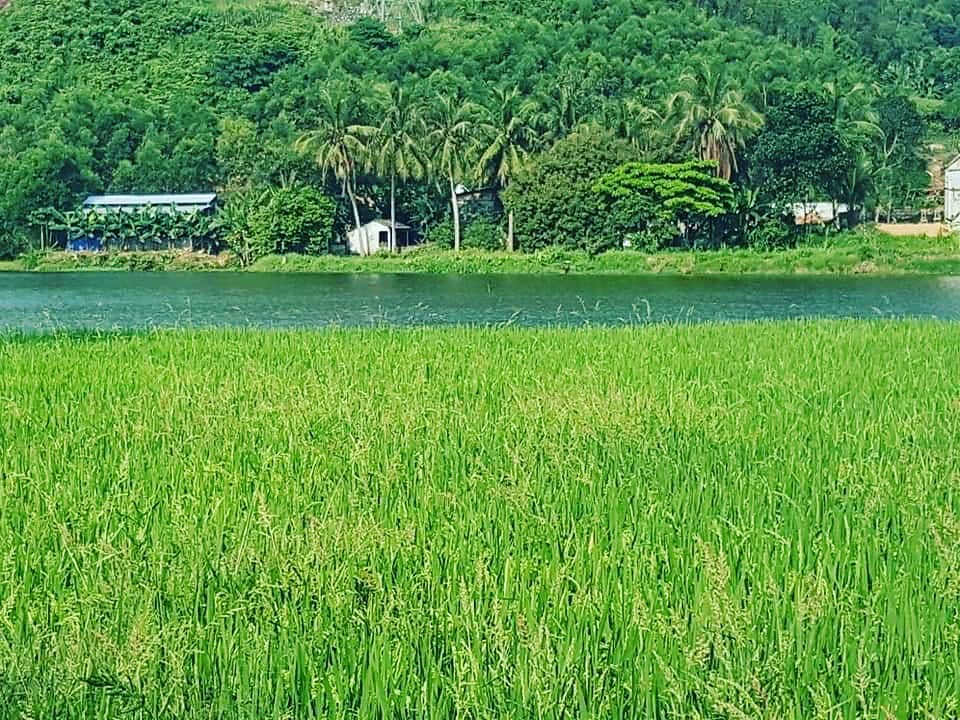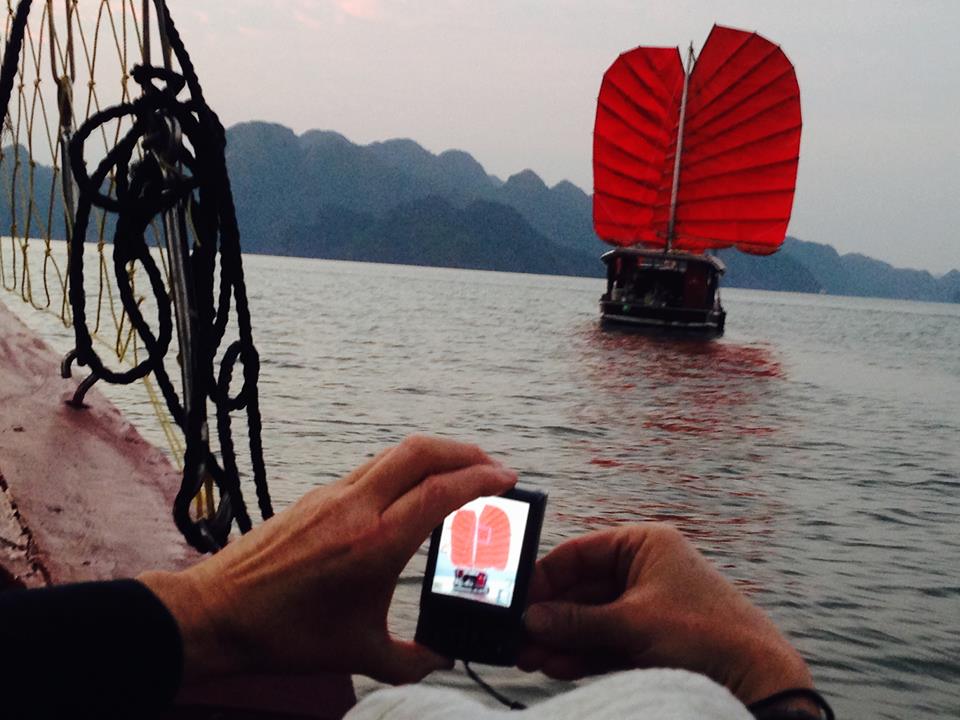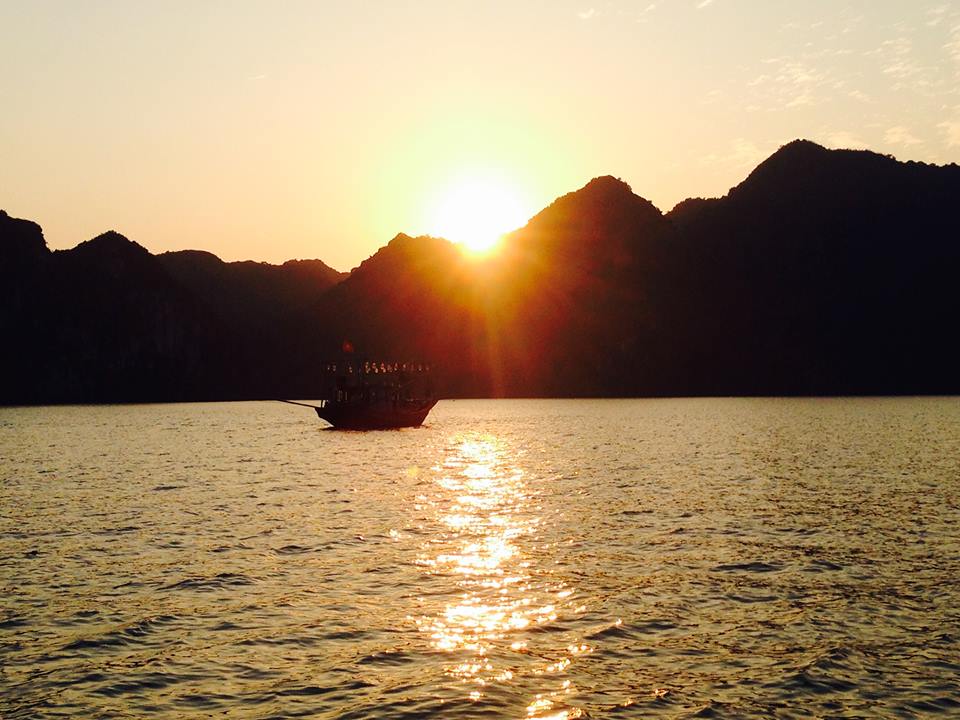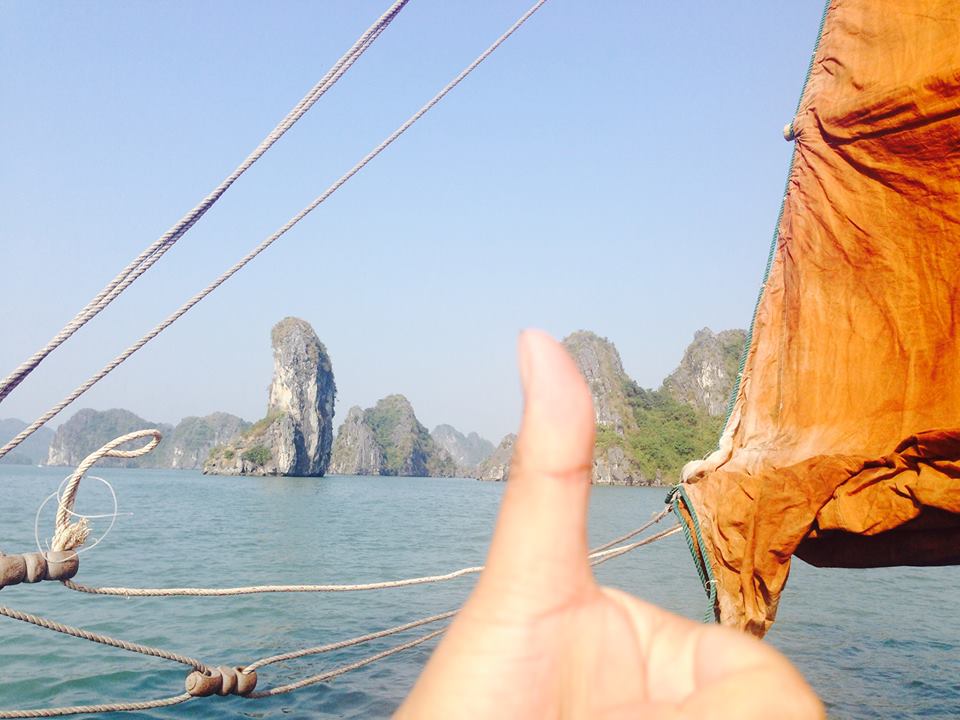Blog de Voyage
Dong Du Village
Back to nature in Central Vietnam’s Pu Mat National Park, Western Nghe An
Updated: 7/4/2020 | 2:00:32 AM
Pu Mat National Park, 120 km from Vinh city in Nghe An province, is the largest forest in north-central Vietnam and a world nature reserve. Its beautiful landscape and abundance of fauna and flora have also made Pu Mat a popular tourist destination.
Admire the pristine beauty of nature and find your inner peace in this stunning wilderness. Lying in Nghe An Province, some 300 kilometers (190 miles) south of Hanoi, Pu Mat National Park is part of the Western Nghe An Biosphere Reserve, one of six areas in Vietnam recognized as world biosphere reserves by UNESCO. The park has been left practically untouched by human hands, making it a perfect choice for nature lovers.
Trekking is the ideal way to experience the park, and gives visitors the opportunity to explore its diverse biodiversity. Covering over 91,000 hectares in the districts of Cuong Duong, Con Cuong and Anh Son, the park is currently home to species of nearly 900 flora, 240 mammals, around 140 birds, 25 reptiles and 15 amphibians. Visitors are rewarded for the long walk through the forest by the 500-meter Kem Waterfall.
You can also drop by Pha Lai Dam on a boat tour along the Giang River, where you can enjoy the fresh air, feel the cool breeze and admire the trees that line the riverbank. A trekking tour will also take you to ethnic villages where you can learn about indigenous culture.
Another event that you should not miss out in Pu Mat are the feasts held by the Thai ethnic people at night, where you can sample their unique mountainous dishes and dance the night away with them.
On your way back from Pu Mat, stop off in Do Luong District to watch the artisans in Tru Son Village shape and bake pottery by hand.
The park has been left practically untouched by human hands, making it a perfect choice for nature lovers.
back-to-nature-in-central-vietnams-pu-mat-national-park
A trekking tour will also take you to ethnic villages where you can learn about indigenous culture. Another event that you should not miss out in Pu Mat are the feasts held by the Thai ethnic people at night, where you can sample their unique mountainous dishes and dance the night away with them.
Pu Mat National Park is located on the eastern slope of the Truong Son mountain range, spanning the Con Cuong, Anh Son, and Tuong Duong districts of Nghe An province. Pu Mat, in the Thai language, means ‘high slopes’. The park was established in 2002 and recognized by UNESCO as a World Nature Reserve in 2007,with a core area of 94,000 ha and a buffer zone of 100,000 ha. At 1,840 meters above sea level, Pu May is cloudy the year around. It is one of Vietnam’s principal nature reserves, with 2,400 flora species that include numerous valuable herbal plants. Of these flora species, 37 are listed in Vietnam’s Red Book and 20 which are in the world Red Book.
The forest also has 240 fauna species that include elephant, tiger, and a rare animal called a saola, that looks like a cross between an antelope and a goat or cow. The saola, also known as the ‘Asian unicorn’ is one of the world’s rarest species. It was completely unknown before 1992 and has been found living only in the Truong Son forest of Vietnam and Laos. The saola is on the Red List of Threatened Species of the International Union for Conservation of Nature and Natural Resources. Cao Tien Trung, an official of Vinh University, said: “Pu Mat Nature Reserves has great biological importance. Pu Mat National Park, Pu Huong Nature Reserve, and Pu Hoat Nature Reserve represent a rich source of rare and precious genetic material.”
Running across Pu Mat National Park is the Giang River, whose magnificent waterfalls, channels, and caves draws many tourists and has boosted local incomes. Nguyen Van Vinh is a tourism official in Nghe An province: “Pu Mat National Park has a great tourism potential in mountain climbing, kayaking, and camping. Ecological tours are becoming increasingly popular in Vietnam as in the rest of the world.”
In the buffer zone of the National Park are villages inhabited by Thai, Kho Mu, O Du, and Dan Lai ethnic minority people, who still cling to their traditional customs and culture. Ngo Kim Hong is a tourist from Hanoi: “Dancing over bamboo poles and drinking rice wine through bamboo tubes are impressive experiences. Visiting the Thai villages, I love to watch the locals weave their brocades. It’s fun to pose for a photo in a beautiful Thai brocade dress while standing beside a waterfall or in the dense forest.”
Pu Mat National Park is a place where scientists can explore a rich biodiversity of unspoiled nature while tourists explore the area’s beautiful scenery and rich ethnic cultures.
On your way back from Pu Mat, stop off in Do Luong District to watch the artisans in Tru Son Village shape and bake pottery by hand. The village is 20km (12 miles) southeast of the district’s Do Luong Town. If you're feeling artistic, feel free to join those skillful artisans and make yourself a bowl or pot. Dong Du Eco Farmstay is the best farmstay ever in Western Nghe An to relax and unwind after a long day driving
(Source: Dong Du Farming Eco Village)
Autres Nouvelles
- The most famous tourist spots in Nghe An
- Nghia Dan Sunflowers Valley Attracts Beauty Seekers in Western Nghe An
- Pu Mat Natural Park - Western Nghe An
- Western Nghe An Tourism - Responsible Travel
- Way to Western Nghe An‘s treasure
- Way to Western Nghe An and Pumat Natural Park
- Annamite Range - Western Nghe An
- The Western Nghe An Biosphere Reserve
- Explore Western Nghe An while staying in Dong Du Eco Farmstay
- For a green Halong Bay











